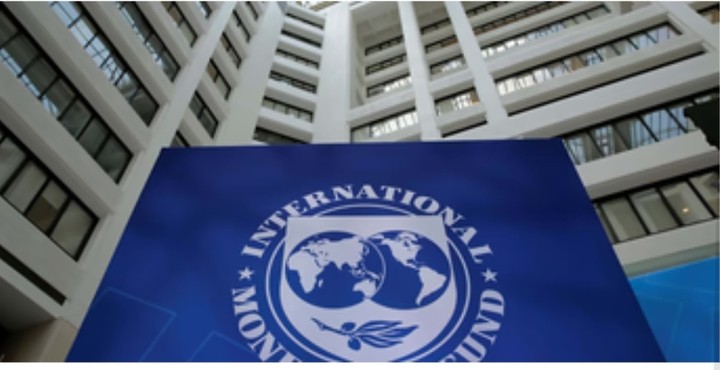10 African Countries With The Highest Debts To The IMF
IMF debt burden weighs on Africa’s economic recovery
The International Monetary Fund (IMF) has been a major source of financial support for many African countries facing economic challenges amid the COVID-19 pandemic. However, the loans from the IMF come with a high price tag, as some countries struggle to repay their debts and meet the fund’s strict conditions.
According to the IMF’s official website, as of December 6, 2023, the top 10 African countries with the highest debts to the IMF are:
| Rank | Country | Debt amount |
| — | — | — |
| 1 | Egypt | $11,968,321,674 |
| 2 | Angola | $3,153,816,667 |
| 3 | South Africa | $2,669,800,000 |
| 4 | Côte d’Ivoire | $2,117,559,620 |
| 5 | Kenya | $2,058,982,100 |
| 6 | Nigeria | $1,840,875,000 |
| 7 | Ghana | $1,644,377,000 |
| 8 | Morocco | $1,499,800,000 |
| 9 | Democratic Republic of Congo | $1,294,500,000 |
| 10 | Tunisia | $1,259,139,338 |
These countries have turned to the IMF for emergency loans to cope with the economic fallout of the pandemic, which has disrupted trade, tourism, and investment. The IMF loans have helped them to stabilize their financial systems, boost their foreign reserves, and maintain their access to global markets.
However, the IMF loans also have negative consequences for the borrowers, as they increase their debt burden and expose them to the fund’s policy prescriptions. The IMF often requires the countries to implement austerity measures, such as cutting public spending, reducing subsidies, and raising taxes, to improve their fiscal balance and debt sustainability.
These measures, however, can have adverse effects on the social and economic welfare of the people, especially the poor and vulnerable groups. They can also trigger public discontent and political instability, as seen in some countries that have experienced protests and riots against the IMF-backed reforms.
Moreover, the IMF loans can also affect the exchange rate of the local currencies, as the countries have to repay their debts in foreign currency. This can lead to currency depreciation and inflation, which can erode the purchasing power of the people and increase the cost of living.
The IMF debt burden, therefore, poses a serious challenge for Africa’s economic recovery, as the countries have to balance their short-term needs and long-term goals. While the IMF loans provide some relief and stability, they also entail risks and trade-offs that the countries have to carefully manage.



